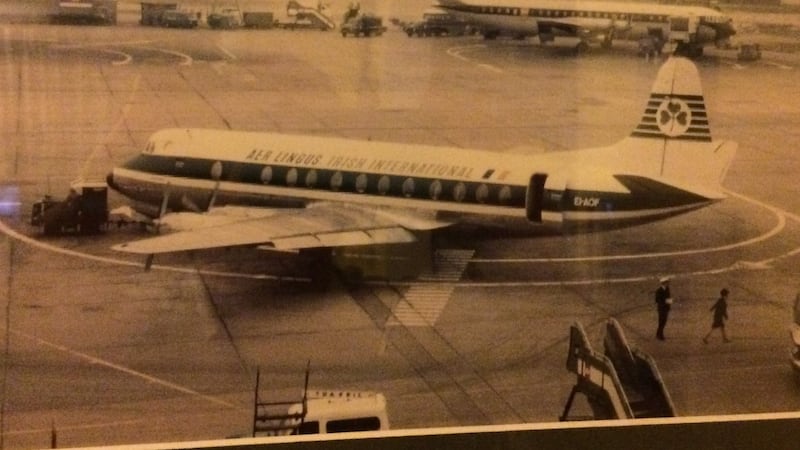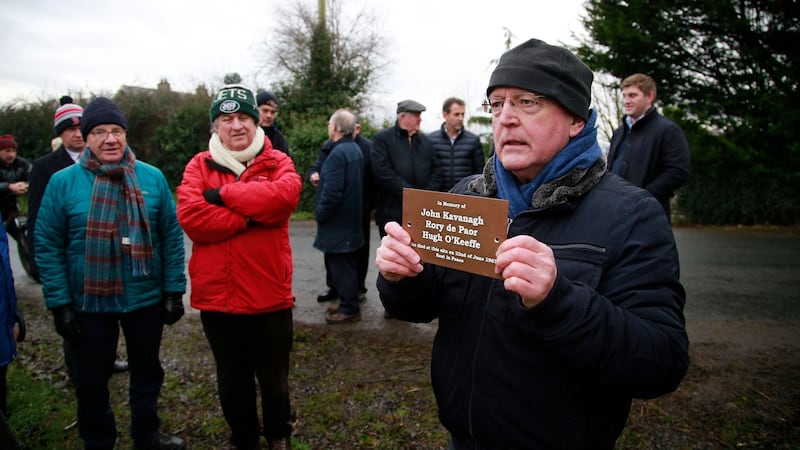Three men who were killed when an Aer Lingus training flight crashed in a field in Co Meath more than 50 years ago were commemorated at the site of the incident on Saturday.
The Aer Lingus Viscount training flight crashed on June 22nd, 1967, at Ballymadun near Ashbourne.
Trainee pilots John Kavanagh (19) and Rory de Paor (20) were killed along with Aer Lingus training captain Hugh O’Keeffe, who was in his mid 30s.


Dave Kavangh, who is a brother of John Kavanagh, told The Irish Times that in spite of a "very strenuous" investigation into the Ashbourne crash, no explanation had ever been found.
“They were doing stall work at the time, which is where you climb up to about 15,000 feet and then the aircraft comes down,” he said. “You put the nose up and the aircraft falls down. In the event anyway, the aircraft crashed and the three of them were killed.
“They were around Dunshaughlin and Ashbourne with the undercarriage down as if they were attempting a landing. The cloud was very low on the morning. I think it was at about 800 feet that the aircraft went into a spin and into the ground. The aircraft turned over on to its back and caught fire.
“There was a very strenuous investigation but they never actually reached a conclusion as to why it happened.”
Mr Kavanagh said the investigation was hampered by the fact that the crew of the aircraft did not issue a distress call.
“The problem was that from when the aircraft went into the stall to when the crash occurred, which was probably about 20 minutes, there was no contact with Air traffic Control at Dublin Airport. They didn’t issue any distress call or emergency message.”
Mr Kavanagh said Aer Lingus offered compensation to the families of the dead men but that his mother was too distraught to accept it.
“I know my own parents didn’t take it because my mother was very distraught by the whole thing and her attitude was that no amount of money could bring my brother back,” he said.
At Saturday’s ceremony, a plaque was erected on the gate to the field where the aircraft crashed.
This article was amended on January 16th, 2018 as an earlier version noted the incident was the first time there had been a fatality involving an Aer Lingus aircraft, this reference was incorrect and has been removed.











